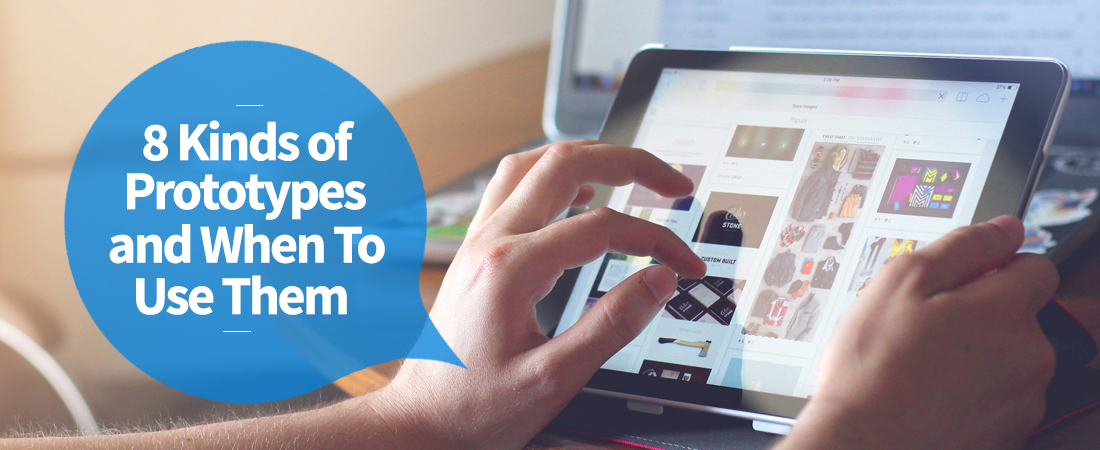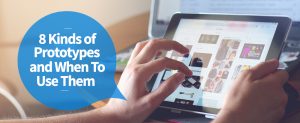
 Prototype Types
Prototype Types
Prototype types are very important to know because when you invent well, it’s in sequence.
In the early stages, inventors need to save money and prove the invention concept in the fastest amount of time with the least amount of cost. Understanding the 8 kinds of prototypes and knowing when to use them can save a lot of time and money. Here is my recommendation.
Use through the VALIDATION / EVALUATION Phase
1) Proof of Concept Prototype
Use existing materials, parts and components to prove the new idea works or not and make reasonable assumptions about how much the invention will cost to make, based on similar materials being sold in other products. This step DOES NOT have to be in tangible form. You can easily look around in stores and compare the cost of similar materials, used in other products. You can make assumptions based on the retail price points and gain insight on which materials might work best for your concept.
2) Inventor Mock Up Prototype
(Low cost start for As Seen on TV Submissions). Click here for info on How To Submit Product Concepts.
A rough construction using crude materials such as cardboard, foam, paper or wood typically done to show the idea in 3D form. You can jiffy rig pieces and parts together to demonstrate the product so you can show it to potential partners. The main goal here is to be able to explain the features and benefits to trusted people who can offer you feedback. You can make a home made video demo showing your product in action and
3) Virtual Prototypes or Animations Prototype
(Perfect for developing Sell Sheets before spending money on inventory)
3D Computer Aided Design (CAD) rendering. These can be fancy and detailed done in a CAD program for greater detail or simple and arty, making the product look aesthetically pleasing on a graphic sell sheet. Using a graphically created photo is a great way to test the concept, validate the market need and gain support from team members, investors and license partners is fantastic. It’s so important to determine the features and benefits of the product.
I’m not a fan of animations as a form of submitting product ideas for licensing, unless the product is complex. For simple items like what we look for in As Seen On TV, the mock-up is best for evaluation, but the working prototype or 3D Printed prototype is better for testing.
CAD drawings or line drawings are great for patent filing, but not very compelling to marketers and product licensee’s.
The farther an inventor brings the product, the easier it is to gain interest.
Use through the BUSINESS PLANNING Phase & Testing Phase. BEST for ASOTV.
4) Model or 3D Printed Prototype
A form built and painted for aesthetic appearance only
5) Working Prototype
A fully functioning item yet may not be fully designed & engineered for manufacturability, nor it may not be appearance like.
6) Black Box Prototype
An existing enclosure or box with mechanical, electrical, optical and or software internals fully functioning.
Use through the PROTOTYPES & PATENTS Phase
7) Rapid Prototype
A group of techniques used to quickly fabricate a scale model of a part or assembly using three dimensional CAD data.
Use through MANUFACTURING phase
8) Pre-Production Prototype
A prototype provided by the manufacturer prior to full production. Done to insure quality, concept, and functionality.
